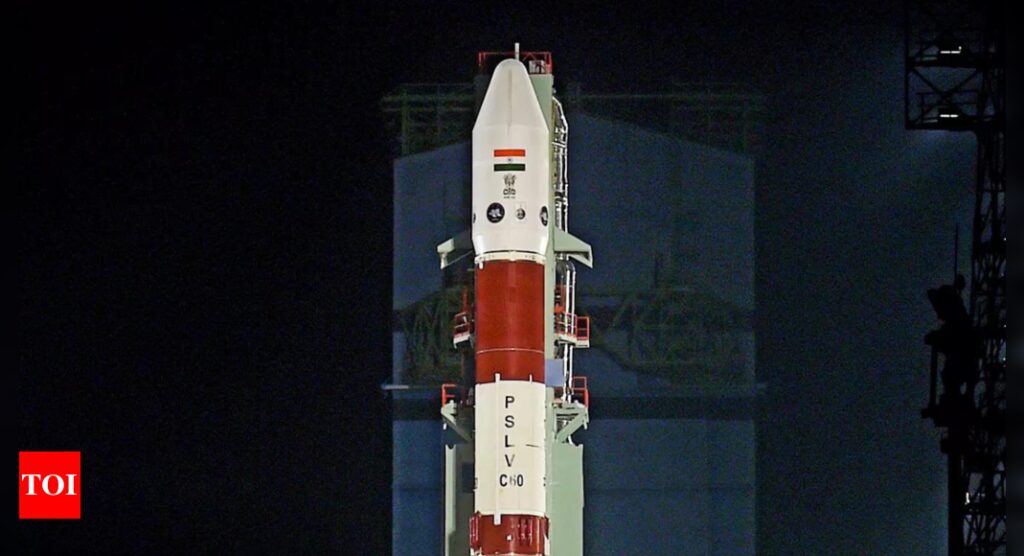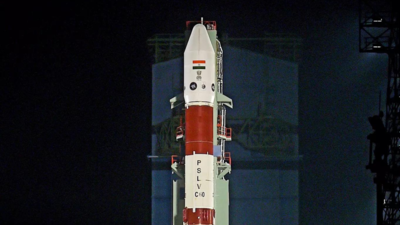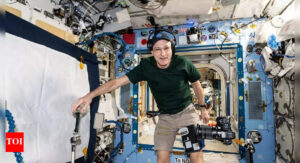
BENGALURU: India’s first privately manufactured Polar Satellite Launch Vehicle (PSLV), being built by a consortium of HAL and L&T, will carry a technology demonstration satellite (TDS-1) that will test up to 35 new indigenous technologies.
Isro chairman V Narayanan revealed this in an exclusive interview to TOI and said the launch, scheduled for the third quarter of this year, will mark a milestone as the first PSLV manufactured by the private sector under a contract for five rockets.
The vehicle is in “advanced stages of realisation” with Isro providing technical guidance to the industrial partners.
“It is called a technology demonstration satellite (TDS-1)… There are 35 experimental things. Among other things, along with chemical propulsion, we are also going to use electric propulsion. We are also going to demonstrate indigenous atomic clock, quantum payloads. So, a lot of things are in the store. And right now the payload is getting realised.”
The final number of experiments, targeted at 35, will be confirmed later. In TDS-1 Isro will test a 300 milli-Newton (300mN) electric propulsion thruster developed at Isro’s Liquid Propulsion Systems Centre (LPSC), which Narayanan headed before taking over as Isro chairman. The new thruster is currently undergoing life cycle testing.
He said Isro had earlier tried a 75mN thruster on the GSAT-9, but what will go on TDS-1 “will be the first time an entirely indigenous system will be deployed,” Narayanan said. The organisation had earlier developed associated components like the power processing unit, control systems and propellant tankage internally.
NGLV progressing
In a wide-ranging interview, Narayanan also detailed Isro’s Next Generation Launch Vehicle (NGLV) programme. “…Our first launcher, the SLV-3, had the capability of putting around 35-40 kg to Low Earth Orbit (LEO). From that, our heaviest rocket (LVM-3) is capable of taking around 8,500 kg to LEO. Now, in NGLV the lift of mass will be around 1,000 tonnes and that height of the vehicle is 93m, more than 30-35 storey building height,” Narayanan said.
“The NGLV will feature three propulsive stages and two strap-on boosters. The core stage will be powered by nine LOX-methane engines, each generating 110 tonnes of thrust, with a propellant loading of 475 tonnes. The second stage will use two LOX-methane engines of the same class with 128 tonnes of propellant. The upper stage will use a LOX-hydrogen cryogenic engine (the C-32) with 32 tonnes of propellant capacity,” Narayanan said.
He said the configuration study was completed and Isro was in the process of development of subsystems, for example engines. “The design for the 11 LOX-methane engines (nine in core stage and two in second stage) has been finalised and we are in the process of giving clearances for fabrication,” he said.
Mission studies have been completed, while rocket structures and tankage designs are ongoing, he said, adding that Isro is currently in discussions with industry partners for manufacturing while simultaneously developing necessary test facilities.




